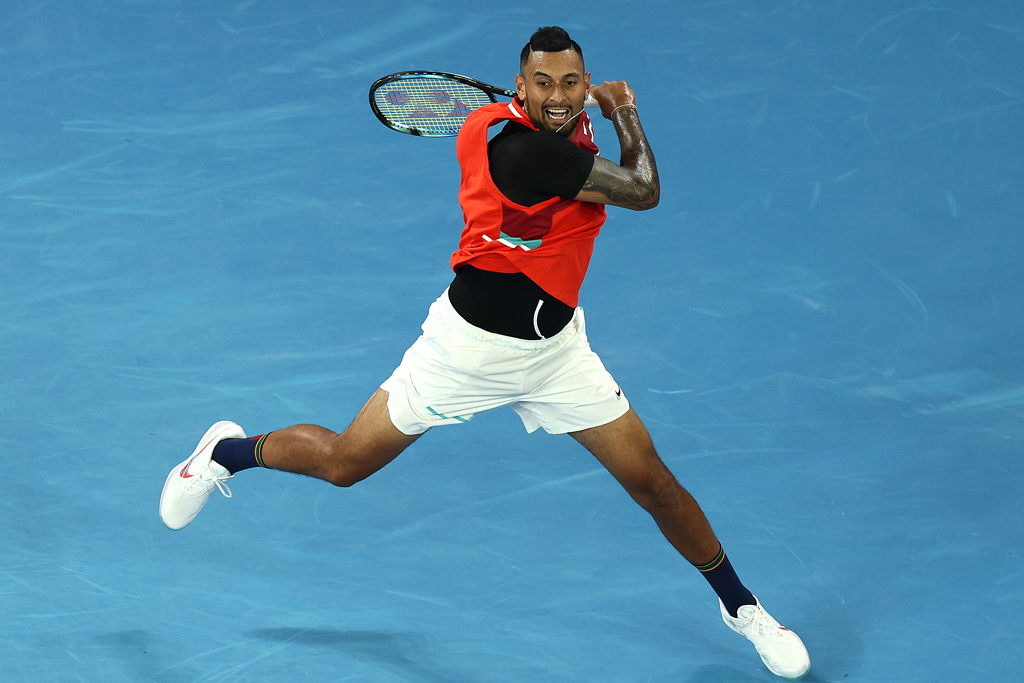Tennis is one of the oldest sports in the world, and its origins can be traced all the way back to the 12th century when people used to hit a ball with their bare hands. For a game so old, it’s surprising that it hasn’t been more mainstream. Indeed, over the years, other games like football and basketball surpassed it in popularity and notoriety. However, times could be changing. Thanks to modern technology, tennis is more out there than ever before. In addition to that, more is being done to inspire people to take up the sport.
Gaming is Helping More People Engage with Tennis
Tennis has been assisted massively by the online entertainment industry in recent years, and content related to the sport is becoming much more common in popular culture. There have been tennis games throughout gaming history that have been met with varying success, but it was arguably the Nintendo Wii that popularised it as a gaming concept through Wii Sports. More recently, the online casino market has helped push tennis games alongside other sport offerings. For instance, 888casino, an online casino Canada, has numerous slots from Playtech based on less widespread sports. There’s Ronnie O’Sullivan Sporting Legends and AP McCoy Sporting Legends at the site. Considering the growing popularity of the sport in the gaming genre, it won’t be long before there is a tennis iteration on the horizon.
There’s no doubt that tennis has been helped by recent innovations in gaming that have added to the realism of playing virtual versions of the game. One of the earliest videogames of all time, Pong, was based on tennis, but as games became more advanced this simple concept quickly lost its appeal. Nowadays, however, titles like Tennis World Tour from Breakpoint Studio and AO Tennis 2 from Big Ant Studios are giving players a sense of what it feels like to be a tennis pro battling on the courts.
Social media has also been a big help in terms of getting tennis in front of a lot of people. Indeed, some of the world’s biggest tennis stars are now among the best-known athletes on the planet. Serena Williams has more than 11.9 million followers on Instagram and earns $49,266 per post on the platform. Rafael Nadal and Roger Federer trail the American slightly with 8.4 million and 7.1 million followers respectively. These players all also have huge sponsorship deals with major brands, helping further boost their profiles in the public sphere.
Tennis Had Previously been Less Prevalent in Pop Culture as Other Sports
In the past, tennis had been overshadowed by other sports. There has traditionally been more focus on competitions that can make the most money, and that has led football in the UK to outshine everything else. In the USA, basketball, American football, and baseball are all much more lucrative than tennis. Therefore, there has been a greater emphasis on pushing these sports in the country.
Game developers have traditionally focused on the big guns, with EA Sports profiting most from its titles based on football and American football. The FIFA franchise is its most popular set of games by some margin, with more than 280 million copies of the games sold over the last thirty years. Close behind that is Madden NFL, of which more than 130 million games have been sold. It hasn’t made much financial sense for EA Sports to invest too much time and energy into tennis offerings. It was responsible for Grand Slam Tennis and Grand Slam Tennis 2 in 2009 and 2012 respectively, but it hasn’t ventured onto the virtual courts since those releases.
Caption: Trailer for Grand Slam Tennis 2.
The fact that tennis is usually a single-player sport could have something to do with its lack of success compared to other competitions. Fans only have a few people they can cheer for in tennis, and there are usually only a couple of people talented enough to play on an international level for their country. In football, on the other hand, viewers can support full teams of players and pick their favourite stars. They can also follow clubs on a local level or the national team. Football can be played all year round as well, which is something that hinders tennis adoption in England. In the UK, tennis is only available in the summer months, as indoor courts are not that common around the country.
Countries Doing More to Promote the Sport
Along with the entertainment industry doing its part to increase people’s interest in tennis and influence them to start following the sport, governments are doing more to incite growth at a grassroots level. Indeed, both the UK and USA have overseen incredible developments in recent years designed to foster a sustainable and thriving future for the sport.
Two years ago, the U.S. Tennis Association laid out a plan to invest more than $50 million into clubs, facilities, and teaching pros. Interest in the sport declined after Pete Sampras stopped playing, but it did increase slightly with the rise of the Williams sisters. However, now that Serena Williams’s career is beginning to come to an end, the USA doesn’t have any representation at the pinnacle of the sport. This move should ensure that in the future, there will be many more stars like the 23-time Grand Slam winner.
Caption: A compilation of the best shots from the Williams sisters.
The UK has been making similar steps to secure its own future in the sport. The government recently pledged over £30 million to refurbish around 4500 tennis courts across the country, with many of these found in impoverished areas. The idea is to encourage more people to start playing tennis by making it more accessible than ever before. In the past, the sport had often been considered exclusive with players having to become members of tennis clubs. This idea will enable people from all walks of life to have a chance at making it to the top of the game.
Tennis is finding more ways than ever to attract new fans and players. The entertainment industry has been a huge boost, but it is also great to see governments preparing for a sustainable future for the sport. With these investment packages, tennis in the UK and USA should flourish in the decades ahead.
















